Nepal hydroelectricity sector gets COVID-19 shock
Already affected by years of construction delays, the expected increase in Nepal’s hydroelectricity generation capacity is now going to be delayed because of the COVID-19 crisis as well as heavy flooding
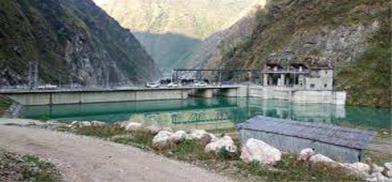
Already affected by years of construction delays, the expected increase in Nepal’s hydroelectricity generation capacity is now going to be delayed because of the COVID-19 crisis as well as heavy flooding. The lockdown has also lowered demand for electricity because of the closure of factories, reducing revenue for power producers.
Completion of 24 hydropower projects with a net output of 1,200MW is expected to be pushed back at least two years because of the lockdown. In addition, the half-complete Middle Bhotekosi (102MW) project site was seriously damaged by the 5 July flash flood in Jhambu of Sindhupalchok.
The high floodwaters and sediment load also forced the Nepal Electricity Authority (NEA) and private operators to shut turbines this week. The Kali Gandaki A (144MW) was closed on 10 July, and generation was reduced by 500MW, forcing NEA to import electricity from India.
“Aside from the bureaucratic and other delays in project initiation, the lockdown and floods have delayed projects that would have started within the coming year,” says Shailendra Guragain of the Independent Power Producers Nepal (IPPAN).
The Ministry of Energy says the losses from delays due to the lockdown to new projects in the past six months alone will amount to Rs13 billion, and even existing hydropower plants have not been able to operate because of the lack of maintenance, spare parts and transport of materials.
Longer-term projects worth 300MW are also stuck at the financial closure stage because of the pandemic. Then there are other private sector projects totalling 18,000 megawatts which are awaiting a Power Purchase Agreements (PPA) that are entangled in bureaucracy.
Private sector hydropower projects were expected to increase generation capacity by 12% this year, and that is unlikely to happen. Meanwhile, the clock is ticking on bank interests for loan repayment even as work has stopped in many of the projects.
Private sector projects have borrowed Rs750 billion for the ongoing construction of plants to generate up to 3,000MW all over Nepal. There is commitment from banks for another R300 billion worth of hydroprojects in the pipeline.
“These costs of construction will now rise by an additional 15-20%, so there will likely be no profit margin for private producers,” says Guragain.
All the projects under construction are run-of-river schemes, meaning they are not dams that store water in reservoirs. Energy Secretary Dinesh Ghimire says Nepal will soon face a shortage of power in winter when there is peak demand and low supply, and there will have to be a switch to storage projects.
In theory, a two-way system exists between the government and private sector under the PPA: the private sector receives compensation for any project delays on the government’s side and vice versa. Citing the unusual and urgent circumstances brought on by COVID-19, the private sector has been demanding compensation and relief from the government for project delays.
Private power producers also want a two-year deadline extension for projects stalled by financial reasons, inspection and environmental impact assessment. Another demand is a 1% customs tariff on construction material instead of the current 5%.
Guragain is critical of the government’s “neglect” of private producers who have been taking all the risks, but facing delays and obstacles at every step from government agencies. Now, on top of all that there is the lockdown and floods.
“The private sector is indispensable to development activities and contributes significantly to the government’s kitty,” says IPPAN’s Kumar Pande. “The private sector also has a major role in the government’s ambitious target to generate 3,000MW in the next ten years.”
There are now 90 private hydropower projects producing 618MW of electricity, while the NEA’s plants produce 572MW. On average about 110MW used to be imported from India to meet the shortfall before the lockdown reduced demand.
The pandemic has slashed demand for electricity across the country, representing steep losses for the private sector and the Nepal Electricity Authority (NEA). Appeals to the government to introduce electricity-intensive policies, such as increased e-car usage, have so far gone unanswered.
Predicting a rise in consumption, the government set aside Rs20 billion to purchase electricity from the private sector. However, figures from the Electricity Regulatory Commission show a decline in demand for private-produced electricity by 344 million units.
https://www.nepalitimes.com/latest/nepal-hydroelectricity-sector-gets-covid-19-shock/


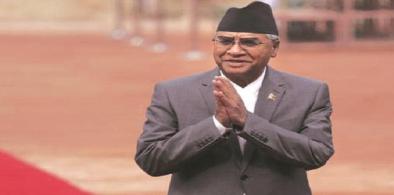
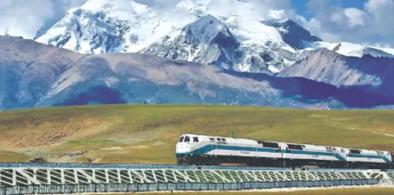
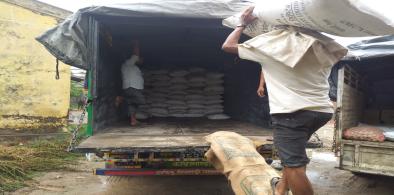

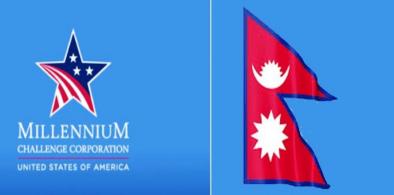
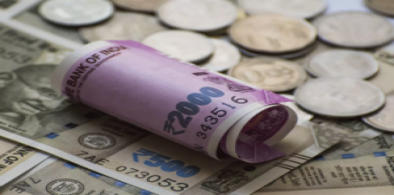
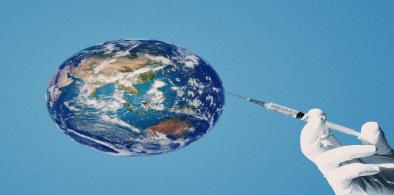







Post a Comment